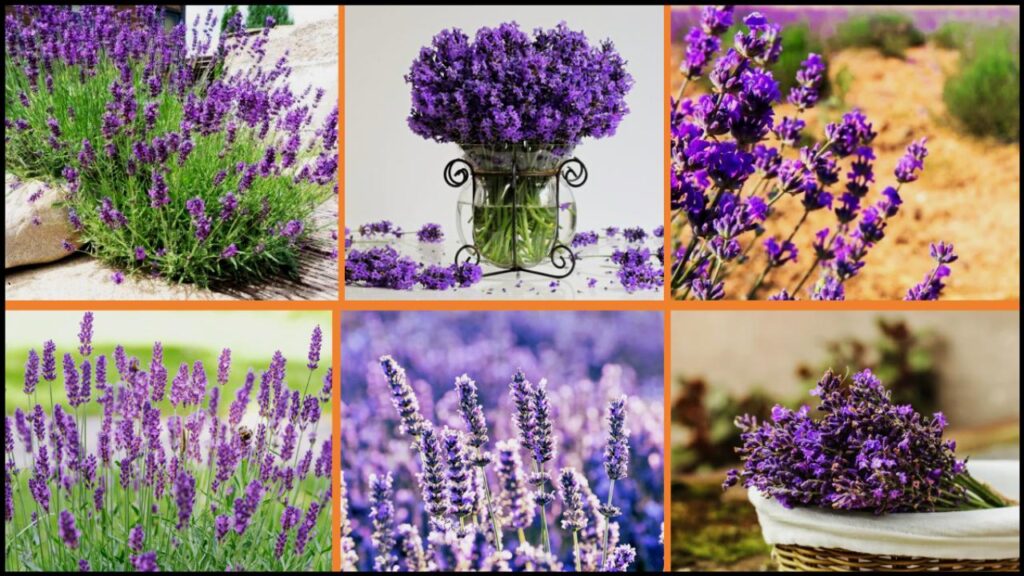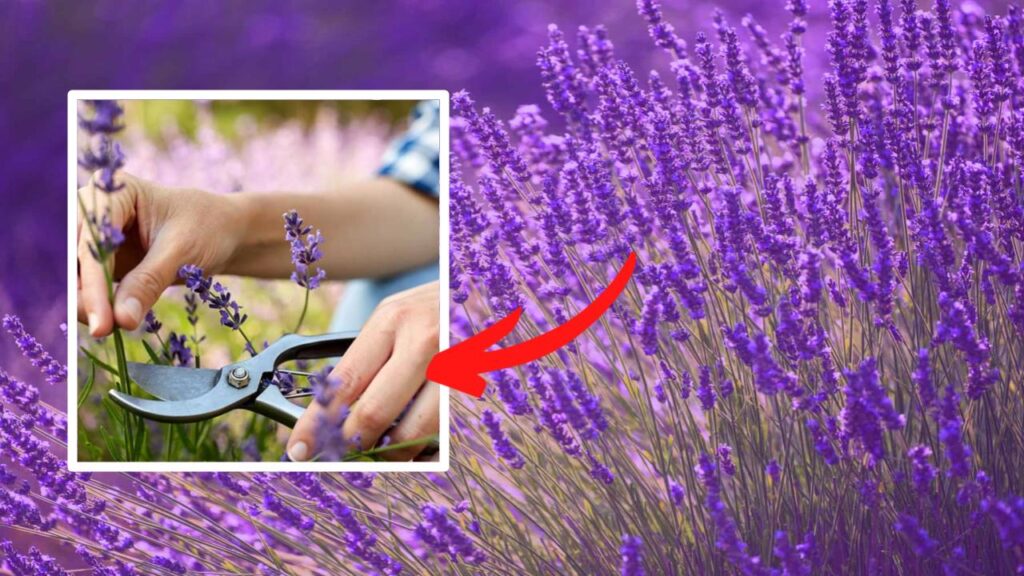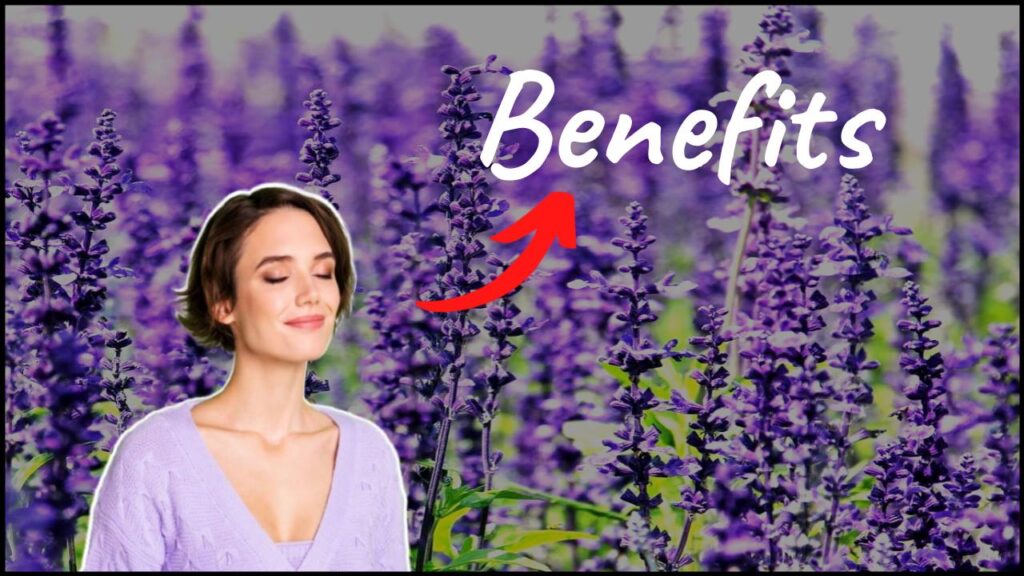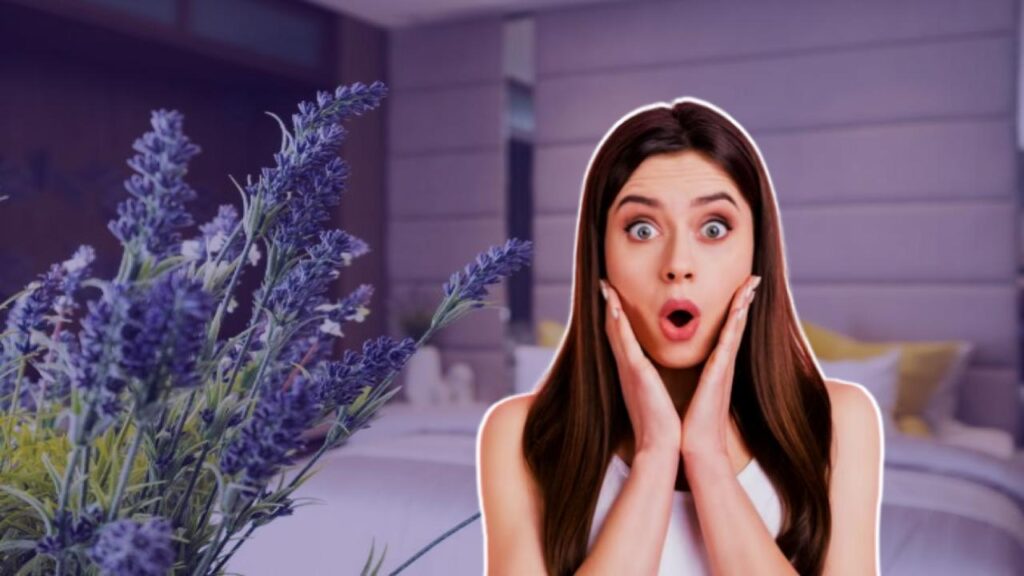If you’ve ever dreamed of walking into your house and being greeted by a natural, calming fragrance that screams “you’re home,” growing lavender indoors might be your new favorite hobby. With just a little know-how and some TLC, you can cultivate this stunning herb right inside your home—no backyard needed.

From choosing the best variety to mastering indoor care, we’re breaking down everything you need to know to grow lush, fragrant lavender indoors 365 days a year. It’s easier than you think—and the rewards? Totally worth it.
Which Lavender Varieties Work Best Indoors
- Stick to compact, fragrant varieties made for container growing:
- Munstead: Fragrant, cold-tolerant, perfect for culinary use.
- Hidcote: Deep violet, strongly scented, great for teas and sachets.
- Thumbelina Leigh: Tiny and tough—ideal for small windows.
- Goodwin Creek Grey: Handles lower light better than most others.
- Bonus Tip: For scent strength, English lavenders like Munstead and Hidcote outperform hybrids.
Light It Right
- Lavender is a sun-lover, so if your home is more “moody lighting” than “sun-drenched loft,” grab a grow light.
- Sunlight: Aim for 6–8 hours of direct sun. South or west-facing windows are ideal.
- Grow Lights: LED full-spectrum lights work best. Use for 12–14 hours/day if sunlight is low.
- Rotation: Turn the pot weekly for even growth.
- Lavender that lacks light grows leggy and stops blooming. Don’t skimp here.
Ideal Temperature and Humidity
- Lavender is Mediterranean by nature—dry, sunny, and chill at night.
- Temps: 60–70°F during the day, 50–55°F at night.
- Humidity: Keep it low. Use a dehumidifier or open windows to manage moisture.
- Winter Dormancy: Give it a cooler rest period (45–50°F) for 6–8 weeks to simulate winter.
- Good airflow is key—no stuffy corners allowed.
Soil, Potting and Drainage
- Lavender hates wet feet, so soil and drainage are everything.
- Pot: Use terracotta or clay pots with drainage holes.
- Soil: Mix 2 parts potting soil with 1 part perlite or sand.
- pH: Keep it between 6.5–7.5. Add lime if needed to raise alkalinity.
- Add a saucer underneath to catch excess water—but never let roots sit in it.
Watering: Less Is More
- Lavender likes its soil bone dry before you water it again.
- Test first: Stick a finger an inch deep into soil. If dry, water.
- How: Water until it drains out the bottom. Never let it stay soggy.
- How Often: Typically every 10–14 days.
- Signs of overwatering? Yellow leaves, soft stems, and musty smell.
Feed Your Lavender
- Feeding helps lavender bloom, but too many turns it into a leafy mess.
- Use: Balanced liquid fertilizer (e.g., 10-10-10).
- Dilute: Half strength only.
- Apply: Every 4–6 weeks during spring and summer.
- Skip feeding during winter dormancy.
Pruning and Grooming

- Keep your plant bushy, not leggy, with regular trims.
- Trim in spring after the first bloom and again in late summer.
- Cut back 1/3, avoiding woody stems.
- Deadhead blooms regularly to encourage new ones.
- Clean tools = healthy cuts. Always sanitize your shears.
Propagation: Multiply Your Lavender
- Why buy more lavender when you can grow it for free?
- Cut 4-inch shoots from new growth.
- Remove lower leaves, dip in rooting hormone (optional).
- Place in moist soil or water.
- Cover with plastic dome or bag to retain humidity.
- Wait 3–6 weeks, then repot.
- Best done in spring or early summer.
How to Encourage Reblooming
- Want blooms more than once a year?
- Keep light levels consistently high.
- Fertilize sparingly but regularly during active growth.
- Prune after each flowering to stimulate rebloom.
- Avoid crowding—lavender needs space and air.
What Makes Lavender Smell Stronger Indoors
The scent depends on:
- Sunlight: More sun = stronger aroma oils.
- Humidity: Lower humidity helps scent linger.
- Pruning: Trimming triggers fresh growth and fresh oils.
- Variety: English lavenders smell stronger than hybrids.
Pro tip: Gently rub the leaves to release oils.
Mental Health and Air Quality Benefits

Lavender isn’t just for Instagram aesthetics. Science backs its benefits:
- Reduces anxiety: Lowers heart rate and cortisol.
- Improves sleep: Natural sleep aid when placed near bed.
- Boosts focus: Keeps your brain calm yet alert.
- Purifies air: Absorbs mild VOCs and adds freshness.
Pet Safety Note
Lavender contains linalool, which can be mildly toxic to cats and dogs if chewed. Keep pots elevated or in hanging baskets if you have curious pets.
Lavender in Home Design and Feng Shui

- In Feng Shui, lavender symbolizes calm, clarity, and purification.
- Place it near entryways to invite peace.
- Near beds or desks to enhance calm and focus.
- Combine with amethyst or clear quartz for spiritual balance.
Lavender as a Family or Kids’ Project
Indoor lavender makes a fun STEM activity for kids:
- Teach them propagation and plant anatomy.
- Let them harvest and make sachets or DIY sprays.
- Use it in “sensory jars” or homemade art.
- It’s beautiful, calming, and educational—a win all around.
Common Problems and Fixes
| Symptom | Likely Cause | Solution |
|---|---|---|
| Yellow leaves | Overwatering | Let dry out completely |
| Curling leaves | Low humidity | Add airflow, avoid misting |
| Brown tips | Salt buildup | Flush soil once every few months |
| No flowers | Low light/fertilizer | Adjust bot |
